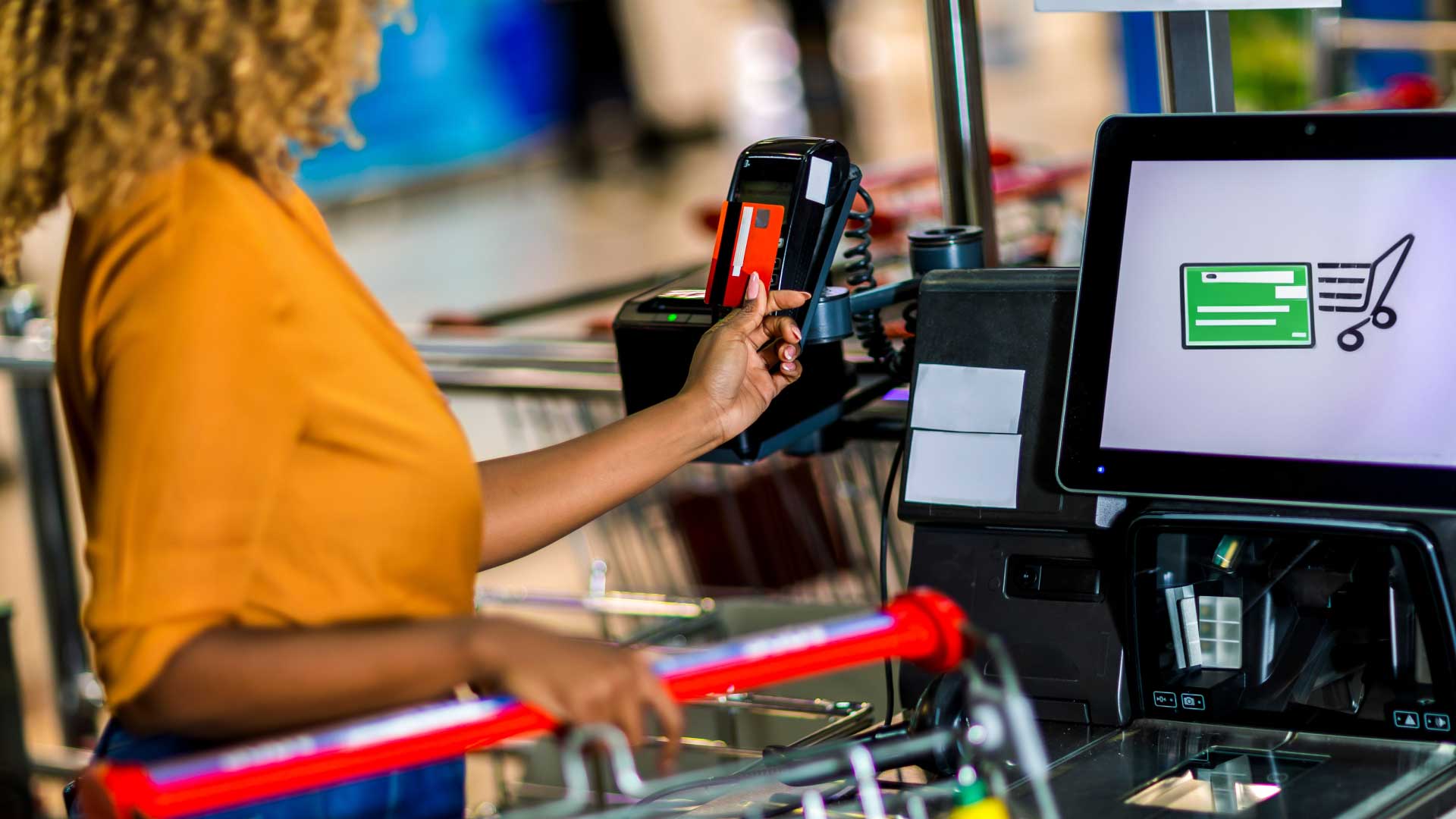Many retailers are struggling with thefts occurring at Self-Checkout (SCO) terminals. Consumers who cheat the system by not scanning all items, scanning a less expensive item, or working with a companion to distract staff and steal have resulted in many stores reconsidering SCO terminals. Discussions with current Bailiwick clients revealed a stark reality: Self-Checkout remains a significant challenge for retailers, leading many to reconsider their approach.
Even with the challenges of operating SCO terminals, the Loss Prevention Research Council (LPRC) reports that there are more than 500,000 SCO terminals in use in the US. However, the ongoing theft issues associated with SCO terminals has caused many retailers to slow or stop investing in the technology until solutions to SCO-related theft are developed. Instead, retailers are choosing to invest in other technologies such as Point of Sale (POS) systems.
The History of SCO Terminals
The first self-checkout machines were developed in the mid-1980s. Early systems allowed customers to scan and bag their own items, but it required a staff member to assist with payment.
As barcodes became ubiquitous and scanning technology improved in the 1990s, self-checkouts became more viable. NCR Corporation, a major player in retail technology, introduced the first modern self-checkout system in 1992. Retailers like Home Depot and Kroger in the United States started implementing these systems to improve efficiency and reduce labor costs. Advances in technology have made the systems more user-friendly and reliable.
The rise of e-commerce and the need for contactless shopping solutions, especially during the COVID-19 pandemic, further boosted the adoption of self-checkout systems. Self-checkout terminals have evolved significantly from their early days and continue to be a key component of modern retail strategy, providing both convenience for customers and efficiency for retailers.
Exceptional Technology Deployment.
Find out why companies trust Bailiwick for deployment of their large-scale digital technology initiatives.
Challenges and Solutions of SCO Terminals
Self-Checkout technology, while beneficial in some respects, presents several challenges that retailers are trying to overcome. One of the biggest challenges involves theft that occurs when customers scan and bag their own merchandise. The LPRC reports that the potential for theft at SCO terminals increases 100 percent and accounts for up to 40 percent of all shrinkage.
Some retailers have mitigated the threat of theft at SCO terminals by designing and deploying solutions such as video surveillance, RFID technology and security gates. These solutions can have a significant impact on reducing losses while maintaining the efficiency of SCO terminals.
Other strategies to reduce theft include:
- Limiting the use of SCO terminals to customers with 10 or fewer items.
- Placing SCO terminals further away from exits.
- Making SCO terminals available only to customers who are members of a store’s loyalty program.
- Initiating age restrictions on the use of SCO terminals.
- Using advanced technology such as AI, RFID and smart carts to ensure all items are accurately scanned.
Repair and Maintenance
Since many SCO terminals are older and may no longer be under the manufacturer’s warranty, repair costs can be significant. However, a robust service and preventive maintenance plan can address this issue, ensuring reliability and longevity. Many clients prefer to service terminals before problems arise, so Bailiwick has created maintenance programs that send well-qualified technicians to stores to perform regular system checks. This helps ensure that SCO terminals operate at their peak efficiency with minimal downtime.
Summary
There are several benefits for retailers to incorporate SCO terminals into their stores including reducing labor costs, streamlining the checkout process, and improving customer satisfaction. However, retailers need to weigh those benefits against the increased risk of theft. By taking proactive measures to mitigate theft occurring at SCO terminals, retailers can help their stores achieve greater efficiency.
At Bailiwick, we are committed to providing customized solutions that address these challenges head-on. By leveraging our expertise in AI, video surveillance, RFID, and more, we help retailers safeguard their assets, enhance customer experience, and maintain operational efficiency. As recognized leaders in deploying loss prevention solutions, Bailiwick is well positioned to continue to drive innovation and success in the retail sector.
